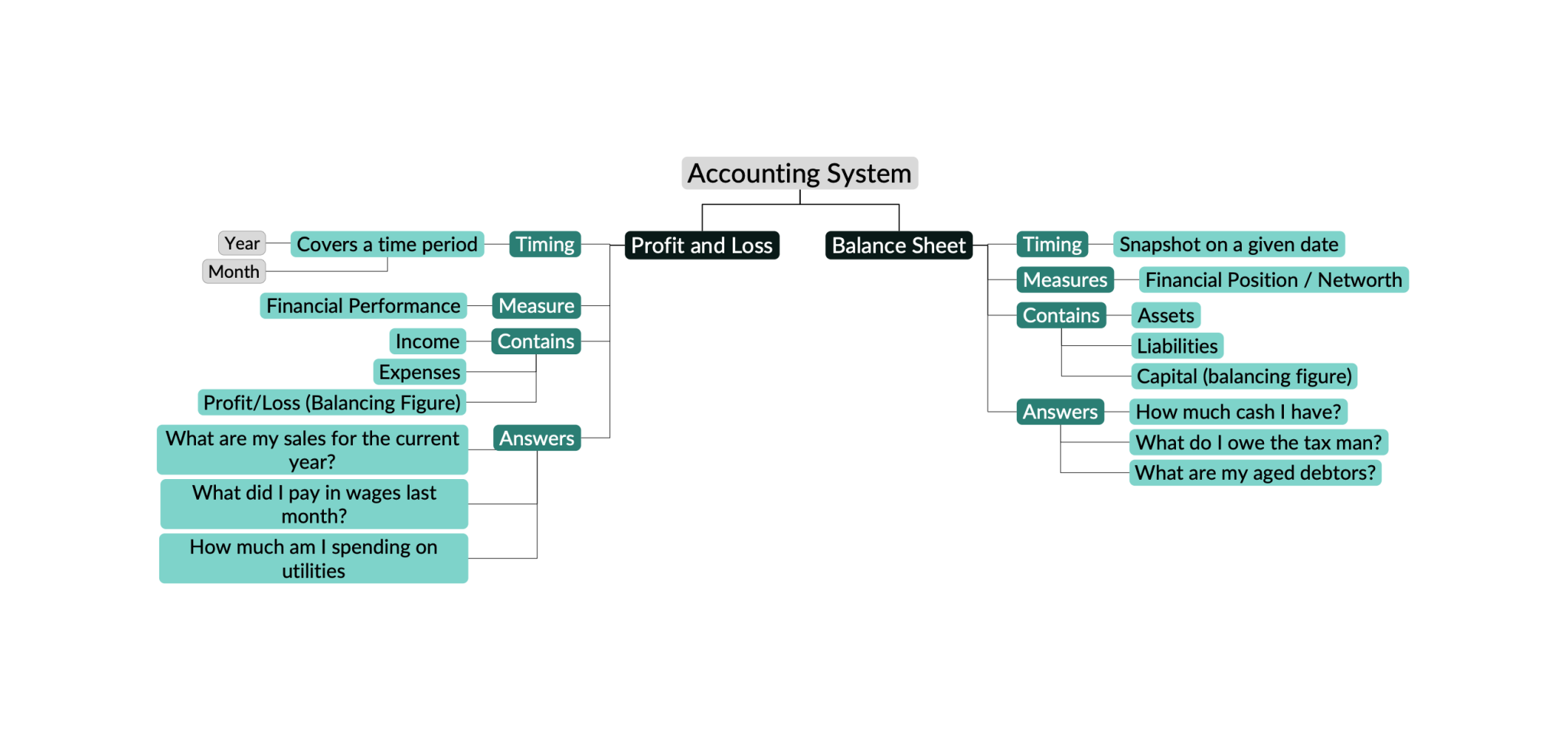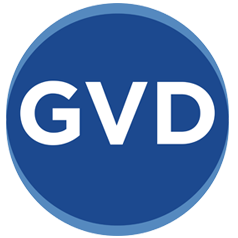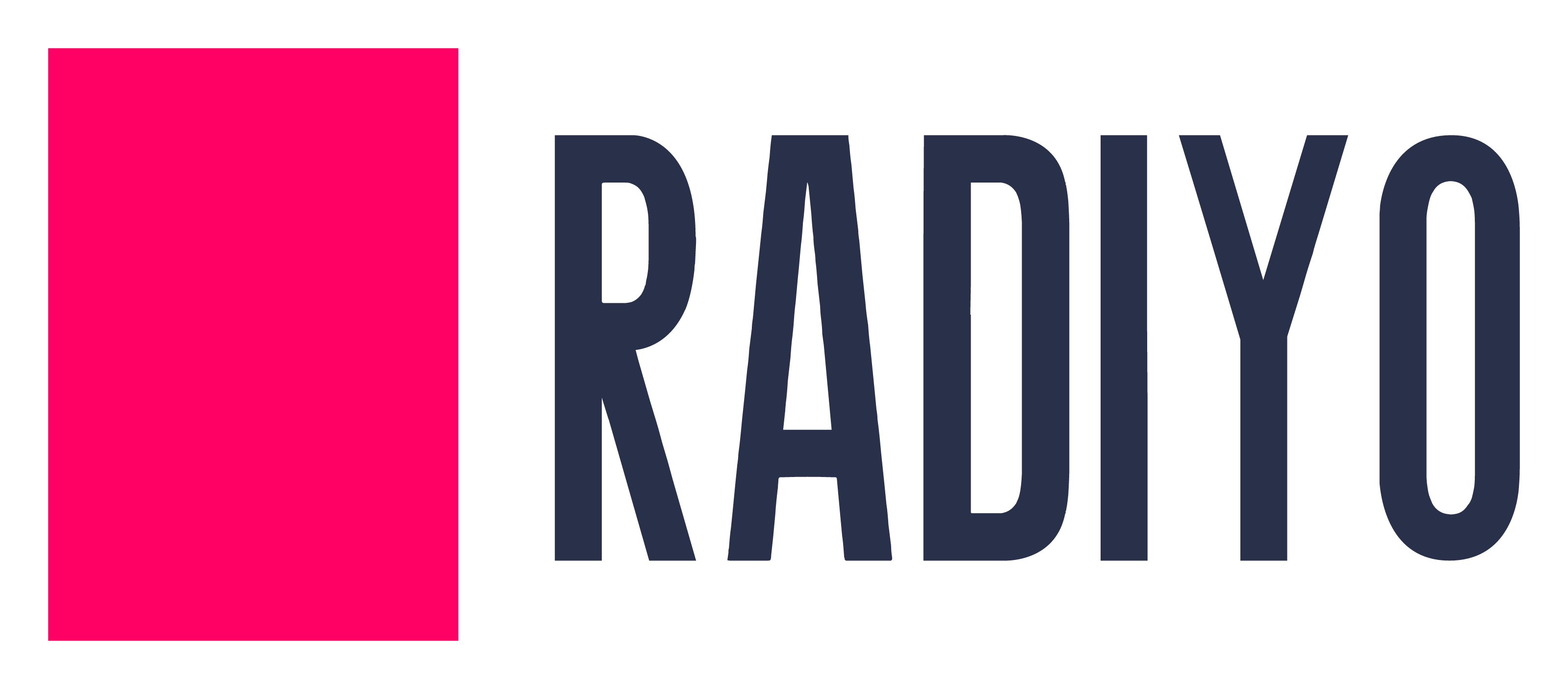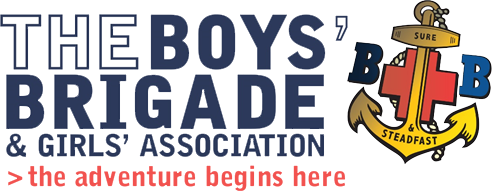Accounting for All Businesses
It may not be the most original title in the world, but this is a quick and easy layman’s guide to the big picture of accounting and some of the principles that every business person should be aware of. We understand that this subject can be perceived as dull by some and overwhelming by others, but it is actually quite simple. Plus, there’s a nice picture included to make it more engaging.
Accounting is the ultimate zero sum game!
The accounting system is made up of two parts, the Profit and Loss Account (P&L) and the Balance Sheet (BS). It operates a double entry system so that each transaction creates 2 equal but opposite entries which then balance each other out i.e. the sum of the P&L and BS is always zero.
The accounting system is a fundamental aspect of any business’s financial management. It comprises two essential components: the Profit and Loss Account (P&L) and the Balance Sheet (BS). These two parts work hand in hand to provide a comprehensive overview of a company’s financial health.
Quick Information
Ready to optimise your financial strategies?

The P&L outlines the financial performance of the business.
The P&L account, also known as the income statement, focuses on the company’s revenues, expenses, and ultimately its profitability. It captures all income earned and expenses incurred during a specific period. By subtracting expenses from revenues, it determines whether a company has made a profit or incurred a loss.
The Balance sheet outlines the financial position of the business at a given date.
On the other hand, the Balance Sheet provides an overview of a company’s financial position at any given point in time. It presents assets (what the company owns), liabilities (what it owes), and shareholders’ equity (the residual interest in assets after deducting liabilities). The Balance Sheet equation is Assets = Liabilities + Shareholders’ Equity.
Designed to operate on a double-entry system.
To ensure accuracy and consistency, the accounting system operates on a double-entry system. This means that for every transaction recorded, there are equal but opposite entries made in both the P&L and BS accounts. For example, if revenue is recorded in one account within the P&L account section, an equal amount will be recorded as an asset or shareholders’ equity within the BS section. This way, each transaction balances out between these two parts of the accounting system.

The beauty is in the balance
The beauty of this double-entry system lies in its ability to maintain balance within the overall accounting equation: Assets = Liabilities + Shareholders’ Equity. As a result, regardless of how many transactions occur within an accounting period or over several periods combined, when you add up all entries within both sections – P&L and BS – they will always sum up to zero.
The conclusion :
Understanding how these two components Profit and Loss Account (P&L) and Balance Sheet (BS) – work together is crucial for effective financial management. The double-entry system ensures accuracy and balance within the accounting equation, providing businesses with a clear picture of their financial performance and position.
That was a quick lesson on the basics of accounting. In our upcoming articles, we will demonstrate how you can practically utilize the information from these two documents to enhance your business and compare it to your competitors.




































































































